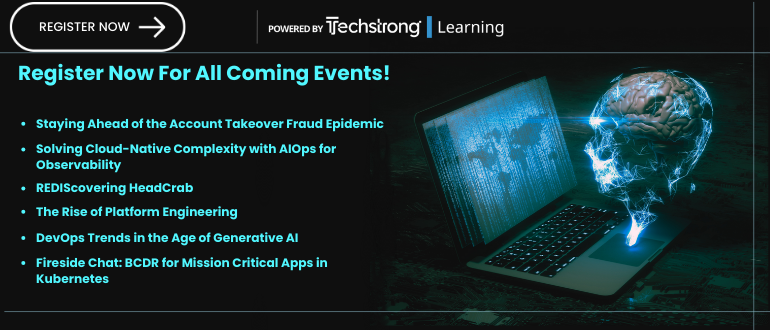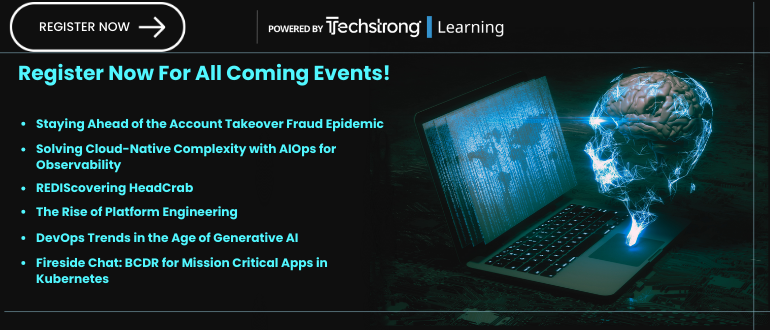
2024-2-9 22:0:10 Author: securityboulevard.com(查看原文) 阅读量:8 收藏
For security operations center (SOC) leaders, staying ahead of security threats is a substantial challenge as the cyberthreat landscape is constantly evolving. Highly motivated cybercriminals are perpetually developing new and increasingly more sophisticated techniques to breach networks, steal sensitive data and create mayhem designed to cripple business operations. If SOC leaders fail to proactively monitor and readily adapt to these rising and ever-changing threats, their organizations can face severe repercussions.
It’s effectively like playing a game of Whac-A-Mole but with sky-high stakes that include data security, financial losses, and long-term or even undoable damage to an organization’s reputation. To this end, the global average data breach cost for organizations was $4.35 million in 2022. Additionally, organizations that do not effectively address security threats may also face legal consequences and regulatory penalties for failing to protect sensitive data by privacy and compliance regulations.
In essence, SOC leaders must look at themselves and their teams as sentinels tasked with safeguarding their organization’s digital assets and ensuring its long-term viability in an increasingly digital world.
Following are three best practices that every SOC leader should implement in 2024, if they haven’t already, to stay ahead of today’s most cunning and versatile cyber evil-doers:
AI and Automation Tools
SOCs should look at leveraging artificial intelligence (AI) and automation tools, which can significantly boost productivity in several ways. These technologies can enhance threat detection, response and overall efficiency.
AI can assist with threat detection by helping to analyze normal network behaviors and find anomalies that may indicate a security threat. Its algorithms can also identify patterns associated with identified threats and proactively alert security analysts of potential risks. AI can also monitor user and system behavior, helping to identify variations from normal patterns that may indicate a security incident.
Regarding incident responses, SOCs can use automation tools to quickly triage alerts and prioritize incidents based on severity, reducing the time analysts must spend on routine tasks. The team should also create automated incident response playbooks for frequently occurring situations to streamline response procedures and ensure consistent and reliable actions.
Well-established organizations integrate security and other business tools for uniform collaboration and communication during incident response. Again, AI can process and analyze threat intelligence feeds in real-time, identifying relevant information and correlating it with internal data to enhance threat detection. Teams can also use natural language processing (NLP) to extract and analyze formless threat intelligence data from various sources, including news articles, blogs and social media, helping to improve the speed and accuracy of decision-making.
SOC teams should prioritize integrating these threat-intelligence feeds into their workflow, giving them access to the most updated information. By fusing internal and external data points, SOC teams can identify and mitigate risks before they pose problems.
Data Analytics and UEBA
Data analytics can help with the different types of attacks, including who and what may have been affected, and how likely these attacks are to occur again in the future. This helps with accurately assessing the severity of a potential incident, along with the appropriate steps that need to be taken.
SOCs should leverage UEBA (user and entity behavior analytics) to predict potential insider threats by analyzing user behavior and identifying unusual patterns. This also helps with detecting compromised accounts. Teams should establish a baseline of normal system and user behavior and identify anomalies or deviations that may indicate a security threat.
Most specifically, algorithms can analyze statistical patterns in data to identify outliers or unusual activities that may signal an attack. Then, teams should implement continuous monitoring to detect and respond to abnormal activities and quickly identify deviations from normal patterns. By combining UEBA with other security measures, teams can create a well-defined defense against both internal and external threats.
Ongoing Team Training
Lastly, with the ever-changing cybersecurity landscape, organizations should prioritize continuous training. This is vital for helping cybersecurity professionals stay informed about emerging threats, new attack techniques and previously undiscovered vulnerabilities.
In addition to technical skills (using security tools, understanding network protocols, understanding penetration testing techniques, etc.), teams should also be instructed on soft skills such as communication, collaboration and problem-solving.
It’s important to note here that SOC teams can also leverage AI to simulate and train their analysts on various cyberthreat scenarios, improving their skills and readiness.
Readiness is Key to Resiliency
Staying on top of emerging threats offers several key benefits to an organization, from enhancing its overall cybersecurity posture by proactively identifying and mitigating potential vulnerabilities and risks before they can be exploited, to maintaining reputation and data integrity. Additionally, proactive threat monitoring and response can lead to cost savings by preventing the financial and operational repercussions of security breaches, such as legal liabilities and downtime. Keeping up with the cyberthreat landscape also fosters a culture of continuous improvement and adaptability, ensuring that the organization remains resilient and prepared to face any new challenges that emerge on the horizon.
如有侵权请联系:admin#unsafe.sh
